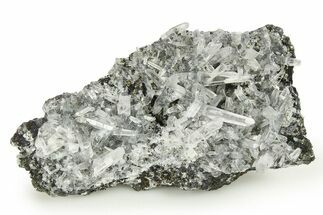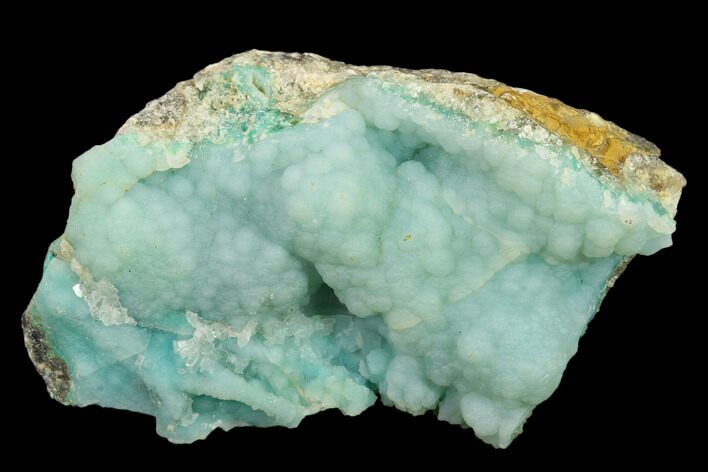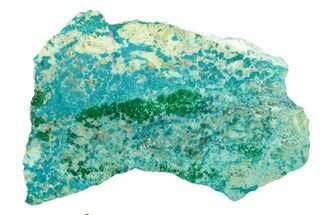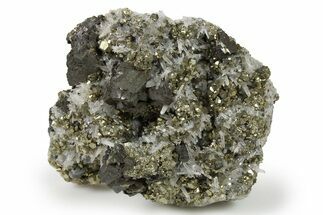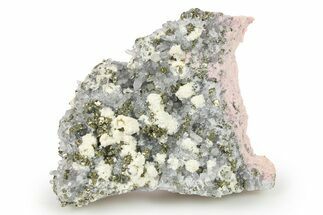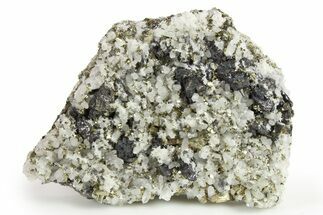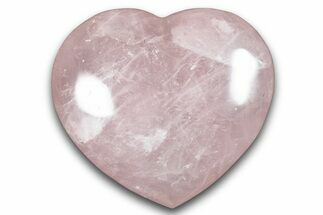This Specimen has been sold.
2.9" Chalcedony on Chrysocolla - Peru
This beautiful specimen consists of a bed of chrysocolla that is encrusted in a layer of chalcedony. It was collected from the Lily Mine in Pisco Umay, Peru and is 2.9" wide.
Chalcedony is any microcrystalline variety of silica composed of very fine intergrowths of quartz and mogánite: microcrystalline minerals have microscopic crystals that cannot be observed by the naked eye. Both quartz and mogánite have the same chemical formula SiO2 (silicon dioxide), but different crystal structures. When free from impurities, chalcedony is colorless and transparent. Depending on impurities present during formation, chalcedony can form in a wide variety of colors including red, yellow, green, blue, purple, grey, white, and numerous hues in between. Chalcedony is quite hard at 7 on the Mohs Hardness Scale: this matches its main component quartz, which is the benchmark mineral for the scale at 7.
Chrysocolla is a basic copper silicate that typically forms as a pseudomorph following other copper based minerals. The chemical formula is considered undetermined due to the varying substitutions of elements and water content in its chemical structure. However, there is a form of chrysocolla with an identifiable chemical formula of Cu2H2Si2O5(OH)4 that can be found in microcrystals.
Regularly, chrysocolla will form as botryoidal lumps and spheres, rarely forming visible crystals. It can also form in both solid and fibrous veins, over fibrous minerals, and in crusts. Known for its sharp and vibrant coloring, chrysocolla can display a wide variety of colors such as bluish-green, bright green, light blue, to even sometimes multicolored specimens depending on the atmosphere present during formation.
Regularly, chrysocolla will form as botryoidal lumps and spheres, rarely forming visible crystals. It can also form in both solid and fibrous veins, over fibrous minerals, and in crusts. Known for its sharp and vibrant coloring, chrysocolla can display a wide variety of colors such as bluish-green, bright green, light blue, to even sometimes multicolored specimens depending on the atmosphere present during formation.
SPECIES
Quartz var. Chalcedony & Chrysocolla
LOCATION
Lily Mine, Pisco Umay, Ica Department, Peru
SIZE
2.9" wide
CATEGORY
ITEM
#132365
 Reviews
Reviews
